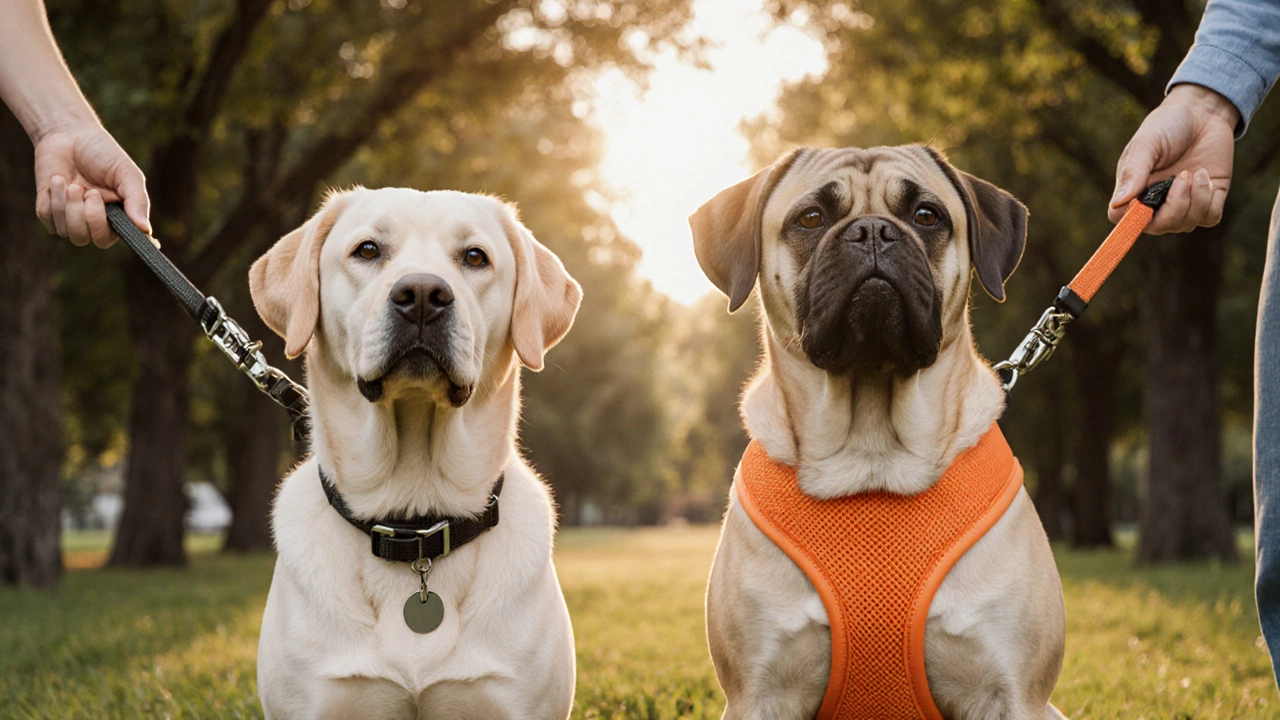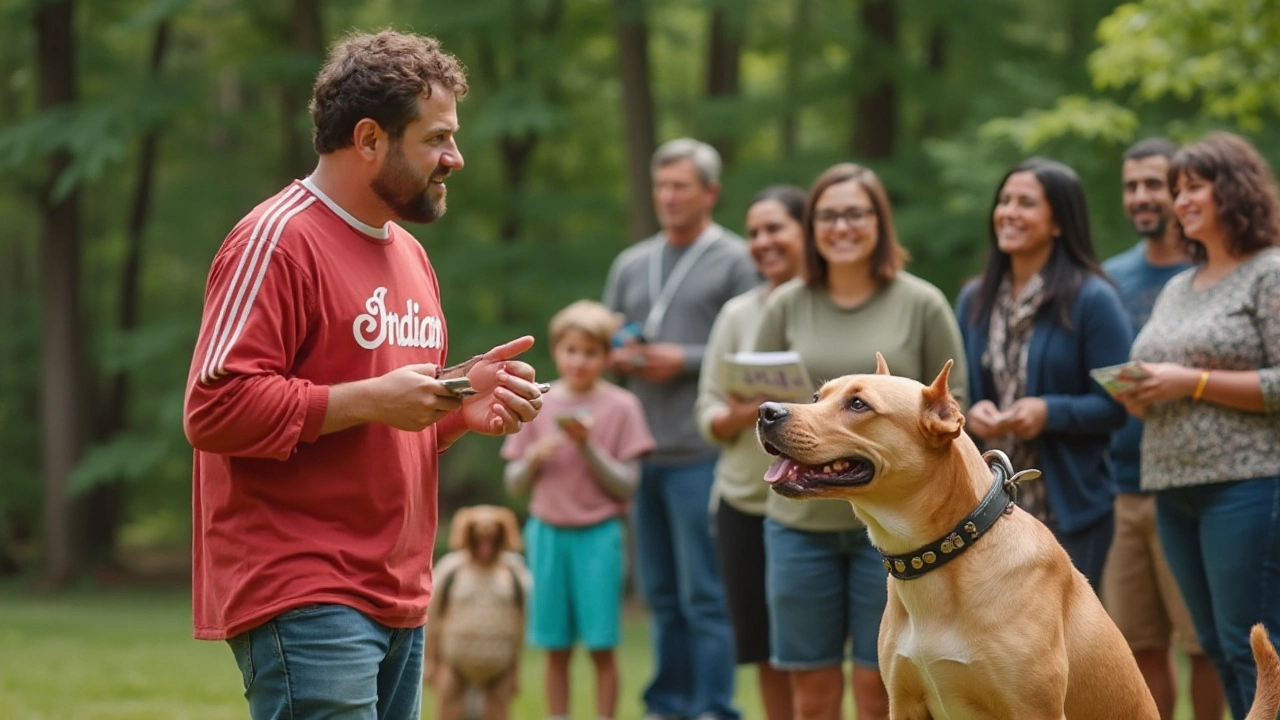Leash Training: How to Walk Your Dog Calmly Every Time
Got a dog that pulls, lunges, or just refuses to listen on a walk? You’re not alone. Leash training is the missing link between a chaotic stroll and a relaxed adventure. Below you’ll find plain‑talk advice you can start using today, no fancy gear required.
Why Leash Training Matters
When your pup pulls, you both get sore arms, tired legs, and a bad mood. A well‑trained leash also keeps your dog safe around traffic, other pets, and strangers. Plus, a calm walk makes it easier to practice other tricks like sit, stay, or recall later on.
Step‑by‑Step Leash Training Plan
1. Choose the right gear. A 4‑to‑6 ft standard leash and a flat‑collar or a gentle‑leader work for most dogs. Avoid choke chains – they hurt and teach the wrong lesson.
2. Set the stage. Start inside where there are few distractions. Let your dog sniff the leash, then reward a calm sniff with a treat. This tells them the leash isn’t a threat.
3. Teach “let’s go”. Hold the leash, step forward, and say a cue like “let’s go”. If your dog follows, give a treat right away. If they stop, keep the cue short and try again. Consistency builds the habit.
4. Use the “stop‑and‑go” method. When your dog pulls, stop walking immediately. Wait until the leash loosens, then reward and move forward. The pull gets no progress, so it loses its appeal.
5. Add direction cues. Once your dog walks without pulling, introduce “left” and “right”. Turn gently, reward when they follow your turn, and keep sessions under five minutes to avoid frustration.
6. Gradually increase distractions. Move from the quiet hallway to the backyard, then a quiet street. Each new setting should feel like a small step up, not a sudden jump.
7. Keep sessions short and upbeat. Five to ten minutes a day is enough. End each session with a fun game or a cuddle so your dog associates the leash with good vibes.
Remember, every dog learns at its own pace. If a step feels too hard, back up a level and practice it until it clicks. Patience and treats win more than yelling ever will.
Need a quick fix on a busy day? Try the “turn around” trick: when your dog pulls, make a sharp U‑turn and walk the opposite way. Most dogs snap back to follow you, breaking the pull habit instantly.
Leash training isn’t a one‑time event; it’s a habit you build together. Keep rewarding calm walks, adjust the difficulty as your dog improves, and soon you’ll both enjoy the neighborhood like it’s a park.

Dog Collar vs Harness: Which Is Safer for Walking?
Find out whether a dog collar or a harness is safer for walks, how anatomy, behavior, and breed affect the choice, and get a practical checklist.
read more
Is It Safe to Walk Your Dog With Just a Collar? Expert Advice and Tips
Curious if you can safely walk your dog with just a collar? This article unpacks the pros, cons, and real-world risks of using only a collar during walks. Get expert tips, surprising facts, and practical advice for keeping your dog safe and comfortable on leash. Whether you’re a new or seasoned dog owner, you’ll find everything you need to make informed choices about collars, harnesses, and walking gear. Plus, learn about common mistakes and what veterinarians actually recommend.
read more
How Prong Collars Can Help and What to Know About Stopping Dog Pulling
Prong collars can be a controversial tool in the world of dog training. This article explores whether prong collars can effectively stop dogs from pulling and examines how they work, their safety, and alternative methods. We will look into the opinions of experts and discuss tips for using them correctly. Discover the steps to use training collars effectively and provide a better walking experience for you and your pet.
read more



